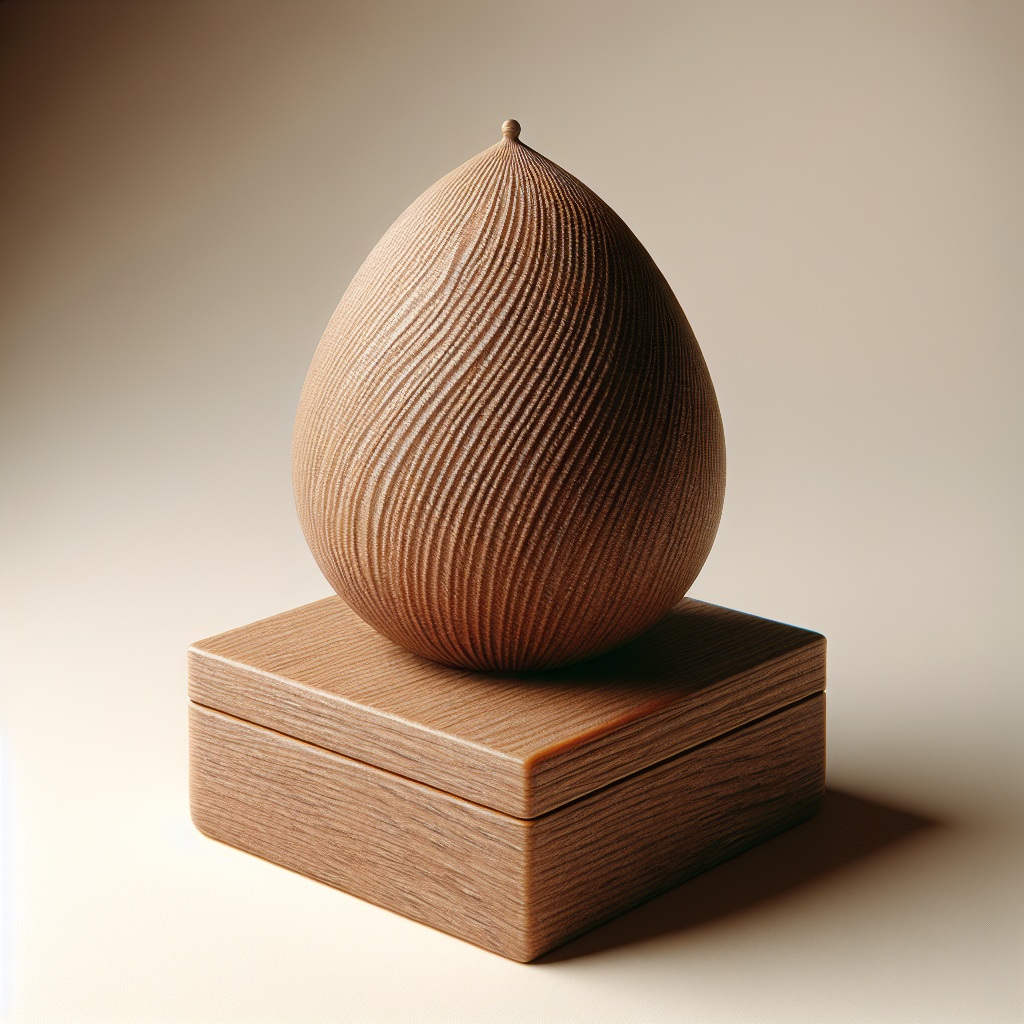Understanding Wood Filament: What Is It?
Wood filament is a unique composite material composed of PLA (polylactic acid) infused with fine wood particles—often around 30% by weight. This gives your 3D printed creations a genuine wooden appearance and even a subtle woodsy aroma. The final prints can be sanded, stained, and finished just like real wood, making this filament ideal for decorative items, prototypes, or custom gifts.
Choosing the Right Printer and Nozzle
Printing with wood filament is not much different from standard PLA, but due to the added fibers, it’s best to use a hardened steel or ruby-tipped nozzle. Brass nozzles can wear out quickly from the abrasive wood particles. A nozzle diameter of 0.4mm or larger is recommended to prevent clogs and allow the small wood particles to pass through smoothly.
Printer Settings for Optimal Results
- Temperature: Print at 200–220°C. Too hot, and you risk burning the wood particles, resulting in dark spots and rough texture. Too cold, and the filament may not extrude smoothly.
- Bed Temperature: 50–60°C is generally sufficient. Most wood filaments don’t require a heated bed, but it helps with adhesion.
- Layer Height: Use a layer height of 0.2mm or larger. Thicker layers accentuate the wood grain effect and reduce the risk of clogging.
- Print Speed: Slow down to 40–60 mm/s for the best surface finish and to avoid jamming.
Enhancing the Wooden Appearance
Wood filament naturally produces a matte, grainy finish, but you can enhance the look with a few techniques:
- Variable Temperature Printing: Some slicers let you vary the nozzle temperature during printing. Slightly higher temperatures darken the filament, letting you create artificial wood grain patterns directly in your print.
- Sanding: After printing, lightly sand your object with fine-grit sandpaper (220–400 grit) to smooth out layer lines and bring out the wood particles for a more authentic look.
- Staining and Finishing: Apply wood stain, wax, or even oil finishes. Just like real wood, this can dramatically improve the realism of your finished piece. Test finishes on a small area first to ensure compatibility.
Common Challenges and Solutions
- Clogging: Always use a large enough nozzle and keep your filament dry. If you experience frequent clogs, try lowering your print speed and increasing the nozzle temperature slightly.
- Stringing: Wood filament tends to string more than pure PLA. Adjust retraction settings and consider using a lower printing temperature to minimize this effect.
- Fragility: Wood filament prints are often more brittle than regular PLA. Use thicker walls and infill settings to improve strength, especially for functional parts.
Post-Processing Tips for a Show-Stopping Finish
- Remove Supports Carefully: Supports can sometimes fuse to the print more aggressively with wood filament. Use a sharp hobby knife and sandpaper to clean up support scars.
- Wet Sanding: For an ultra-smooth finish, try wet sanding with high-grit sandpaper. This significantly enhances the grainy texture.
- Apply a Protective Coat: For long-lasting color and durability, seal your print with a clear polyurethane spray or wood lacquer.
Inspiration: What Can You Print with Wood Filament?
The possibilities are vast—think custom jewelry boxes, vases, lampshades, phone stands, cosplay props, or intricate architectural models. The tactile, warm feel of wood filament turns utilitarian prints into art pieces. Experiment with different stains and finishes on scrap prints to discover your personal favorite look.
Final Thoughts
Printing with wood filament brings together maker ingenuity and the timeless beauty of natural materials. With the right settings and a bit of post-processing, you can achieve stunning, realistic wooden finishes that will amaze clients, friends, or family. Don’t be afraid to experiment—every print is an opportunity to learn and refine your process!

Leave a Reply